5 Types of Sloping Roofs That Hit the Right Pitch
http://decor-ideas.org 03/05/2015 06:13 Decor Ideas
A roof is one of the most functional aspects of any house, providing the very essence of shelter. But just because it serves this important purpose doesn’t mean it can’t be an exciting architectural feature. By considering the roof’s pitch — the steepness — and the combination or intersection of planes, you can turn your home not only into something visually unique, but into a more functional space for living. Here we consider five types of sloping roofs and their pitch-perfect benefits.
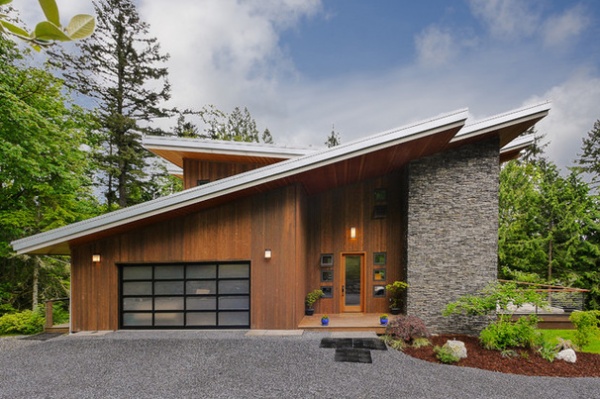
1. Monopitched roof. A monopitched roof is a single sloping surface or roof plane angled in only one direction. A split monopitched roof, as on the house seen here, has two separate, unattached, nonintersecting planes.
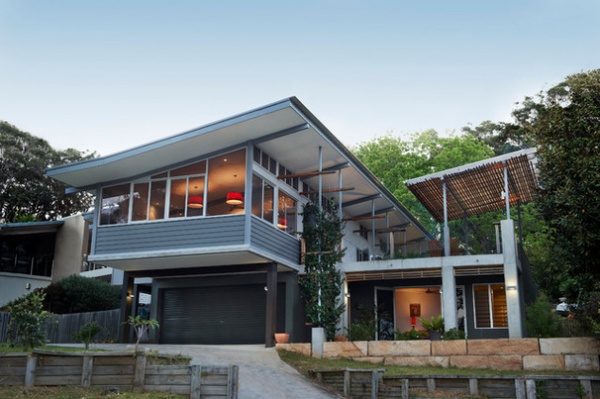
A monopitched roof allows for higher ceilings, provides space for clerestory windows (windows above eye level) under the eaves of the roof and enables architects to lengthen gallery windows on the seams of the house. This allows for an influx of natural light, enhanced views and a greater sense of spaciousness inside.
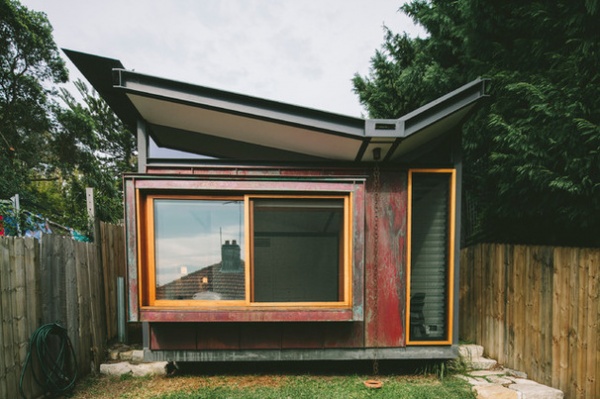
2. Butterfly, or inverted, gable roof. Resembling the wings of a butterfly, this roof consists of two planes that slant down toward each other. The butterfly roof gained popularity in the 1950s and 1960s and is still used by architects today.
See more of this house
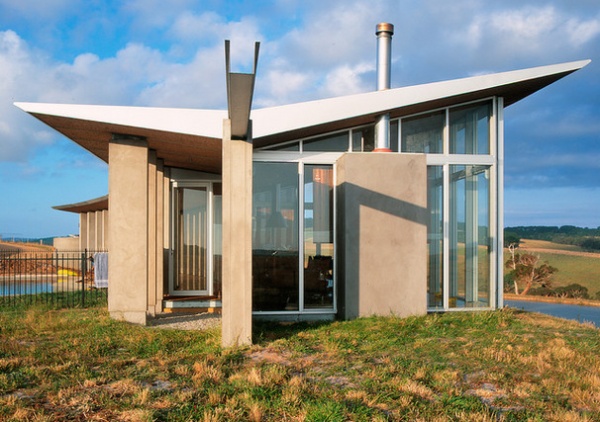
The butterfly roof eliminates the need for traditional gutter and downspout systems, as rainwater drains into the central trough, where it can be harvested. It can also boost the energy efficiency of the house, as solar panels can be strategically mounted at an angle to maximize the rays of the sun.
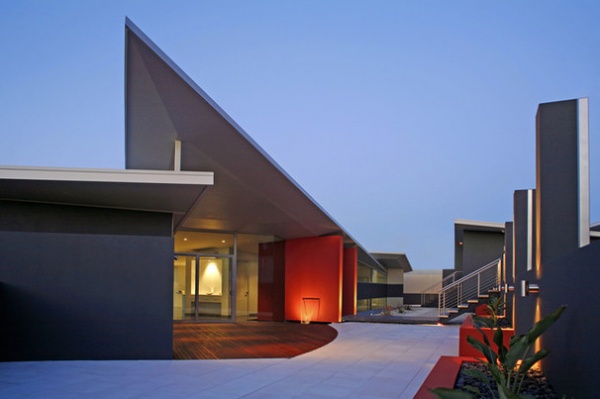
3. Oblique roof. Steeply pitched, an oblique roof appears like a giant wing soaring above a building’s outer edge.
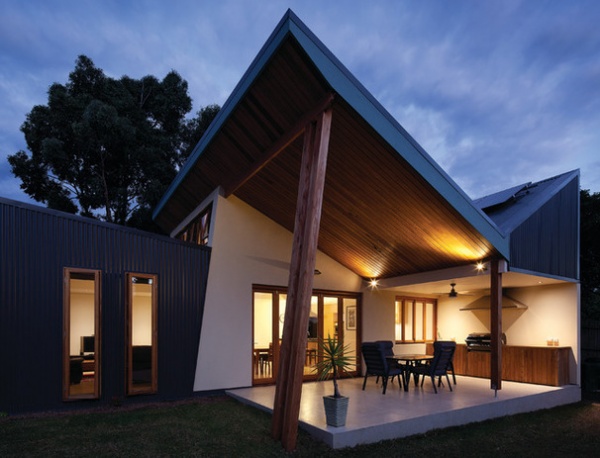
As an oblique roof extends beyond the walls of the house, it provides privacy and shelter for outside entertaining areas while allowing natural light to filter inside.
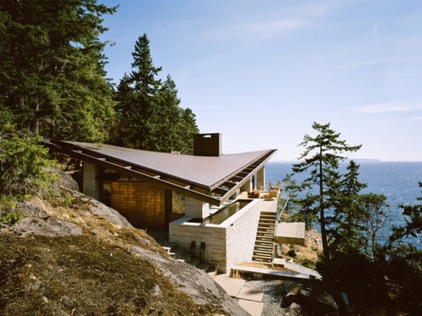
4. Hyperbolic paraboloid, or saddle, roof. A hyperbolic roof curves both ways — following a convex curve about one axis and a concave curve about the other. The tension makes the roof appear as if it is stretched from corner to corner, creating a seemingly organic form. While progressive architects first used the hyperbolic paraboloid roof in the 1950s and 1960s, it still evokes a modern aesthetic today.
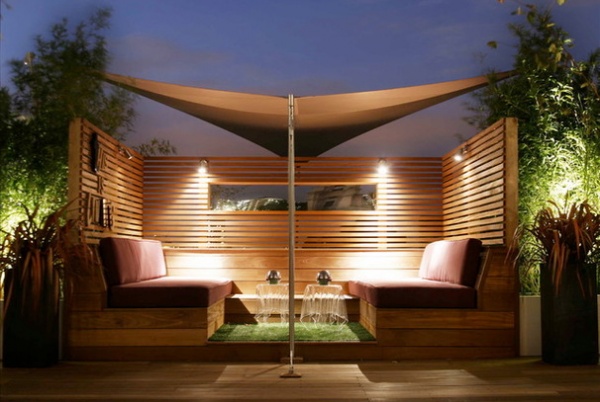
Because of its tensioned and curved structure, the roof requires minimal contact with exterior walls and no internal supports, as can be seen in this awning that shades a rooftop terrace. The hyperbolic roof is ideal for homeowners who want an open, light and economic building.
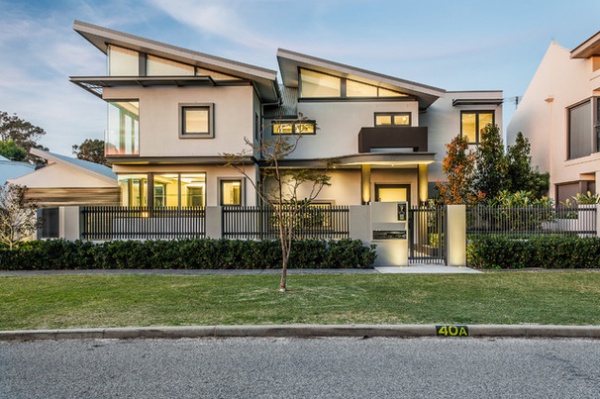
5. Sawtooth roof. A sawtooth roof is a series of ridges composed of a vertical glass window that meets a pitched roof. The name, obviously, refers to the fact that these roofs look like the teeth on a saw; they may have a single “tooth” or many “tooths.”
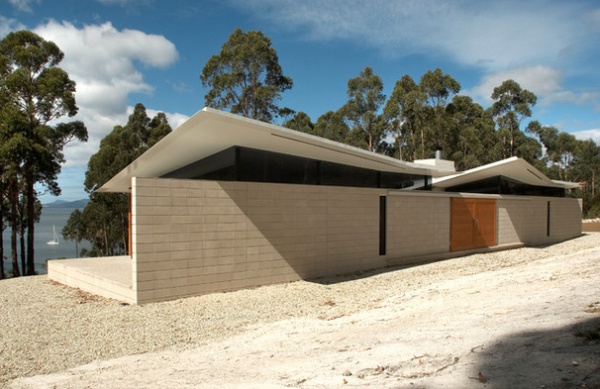
Architects used sawtooth roofs in 19th-century factories before the days of electric lighting, when daylight needed to reach the deep, dark recesses of the buildings. A sawtooth roof more effectively exploits daylight, allowing natural light and warmth to spread further into the house.
More:
Design Workshop: The Shed Roof
Pitched Roofs Make a Point in Modern and Contemporary Homes
Related Articles Recommended












